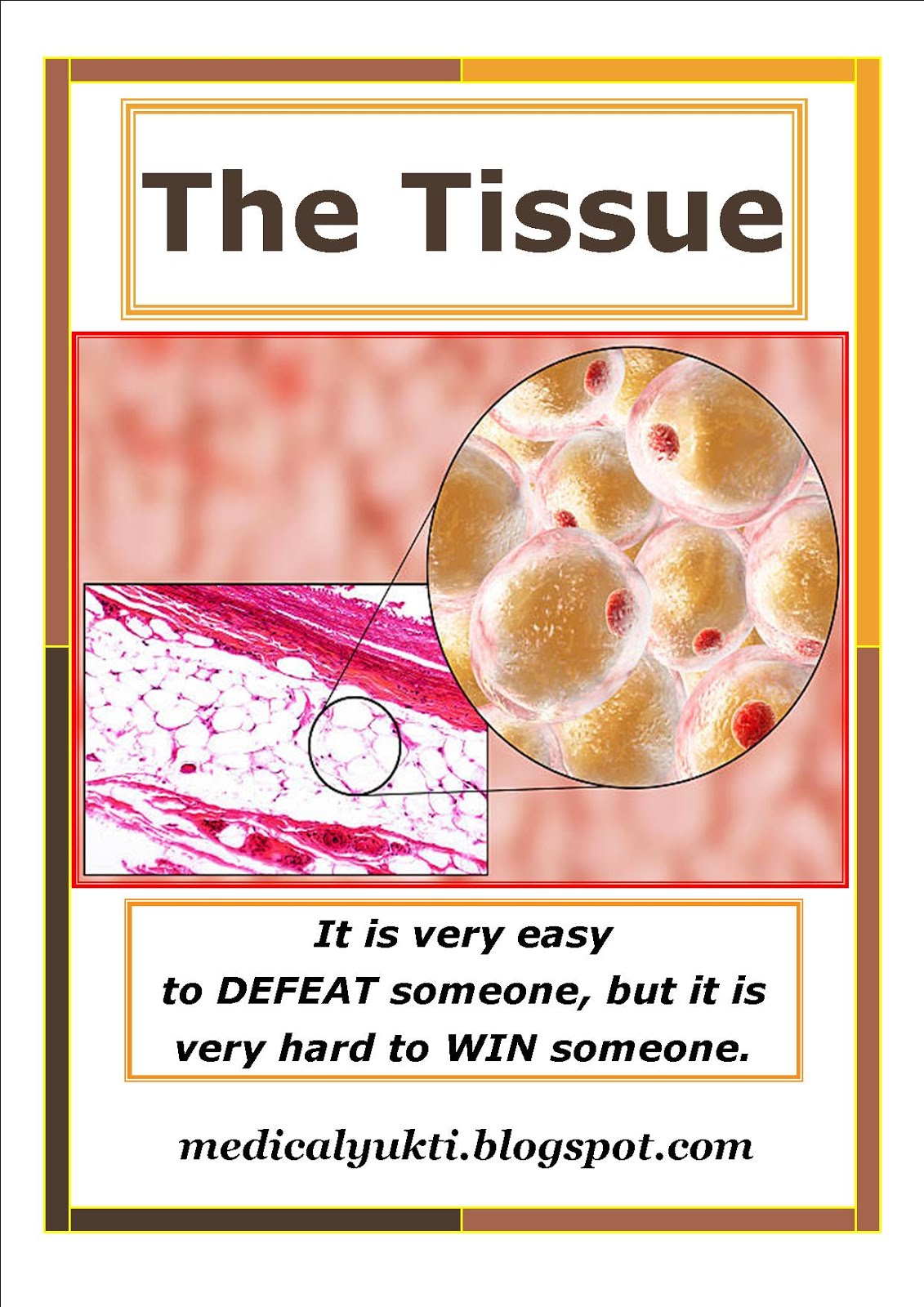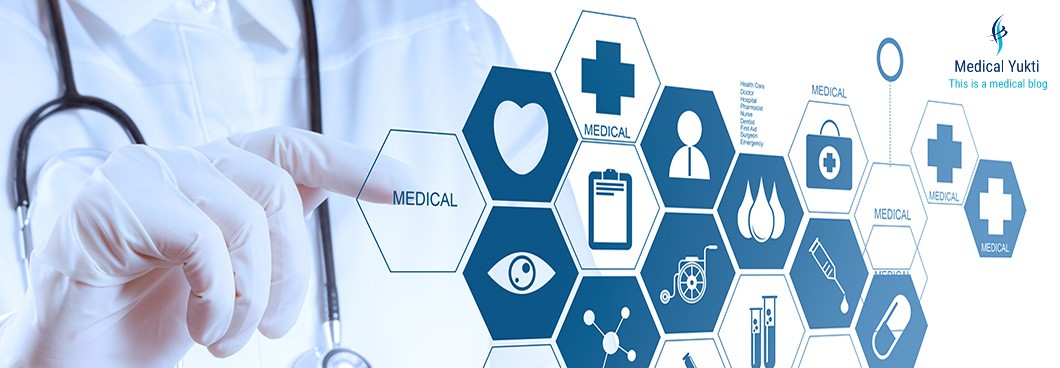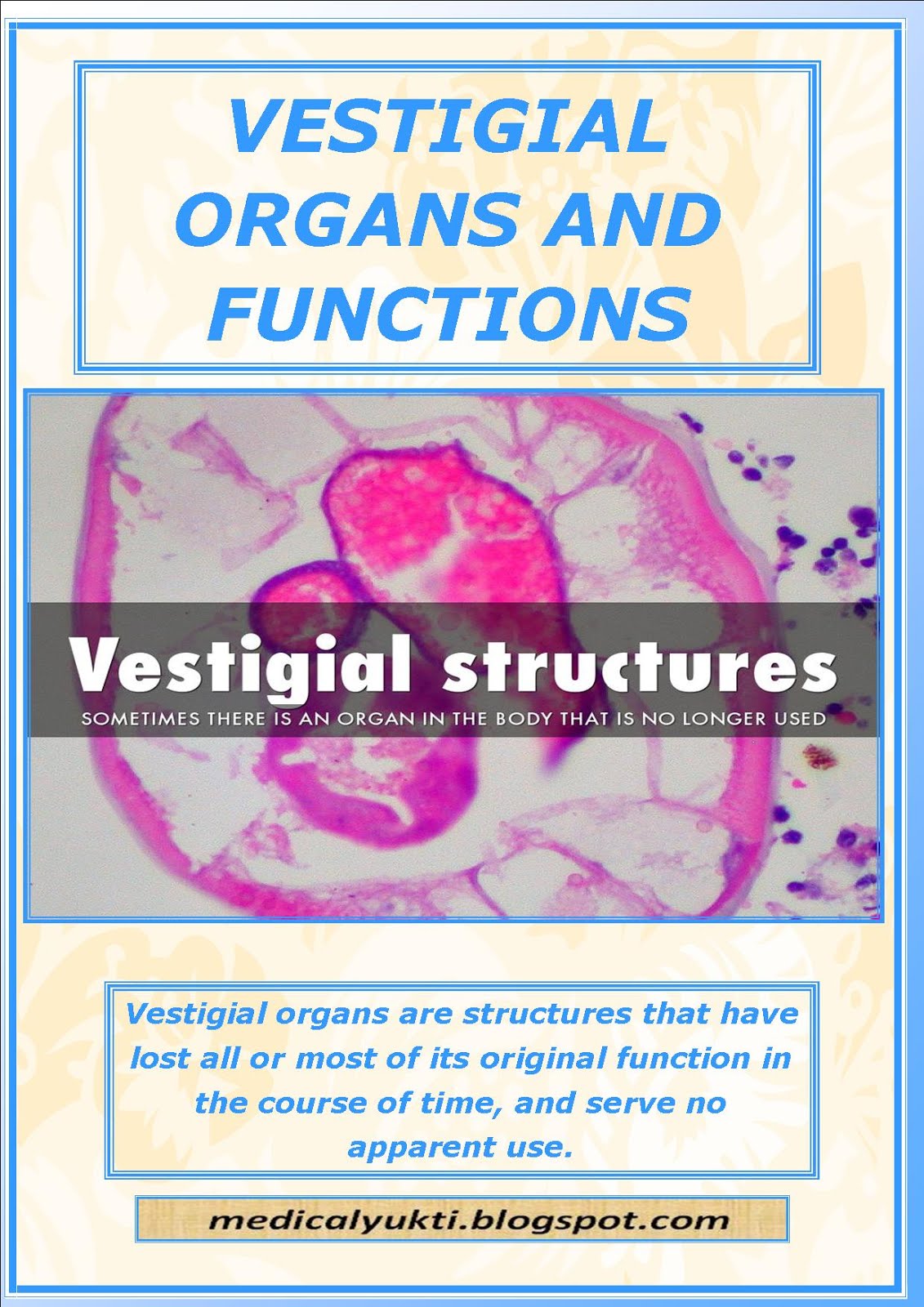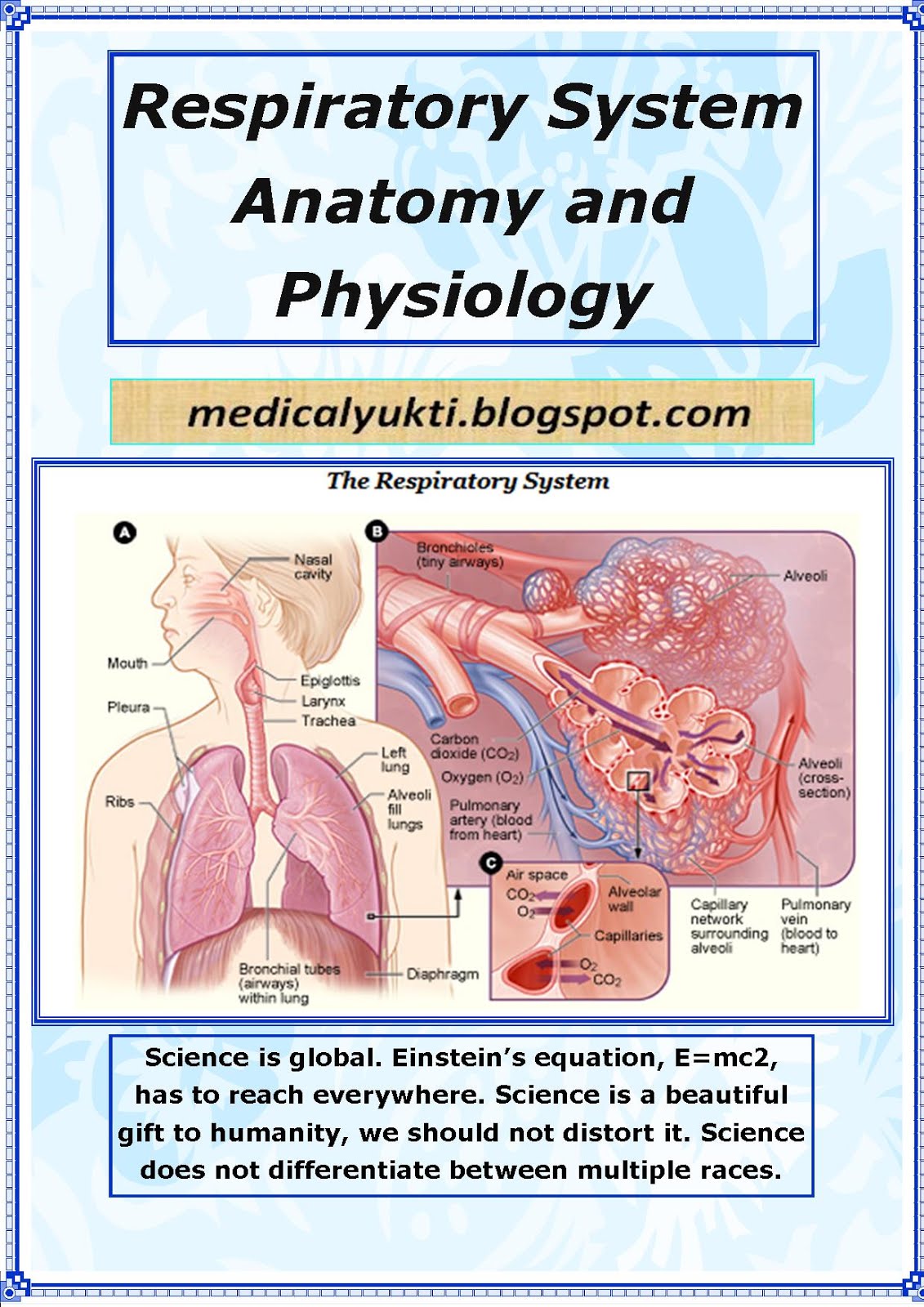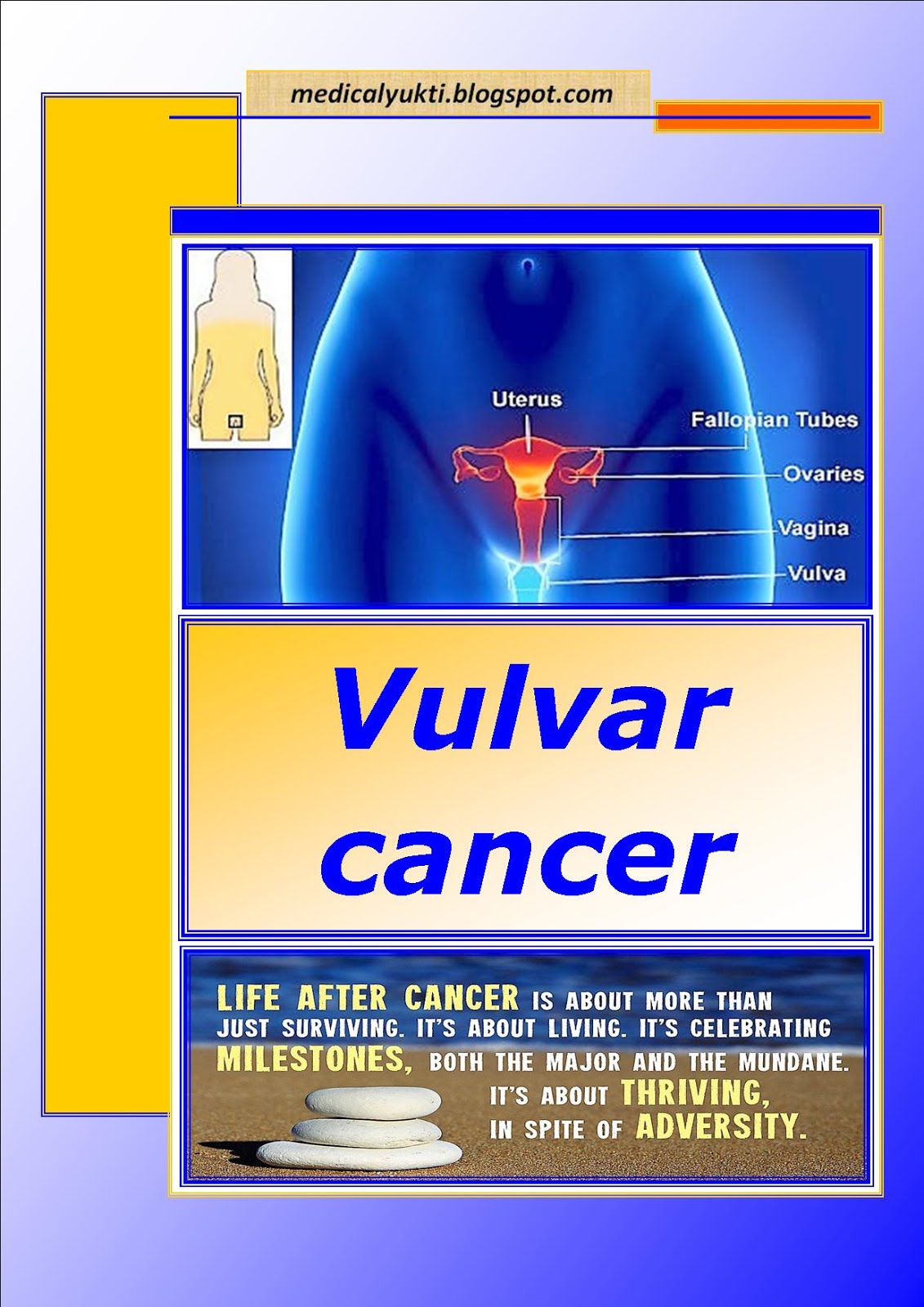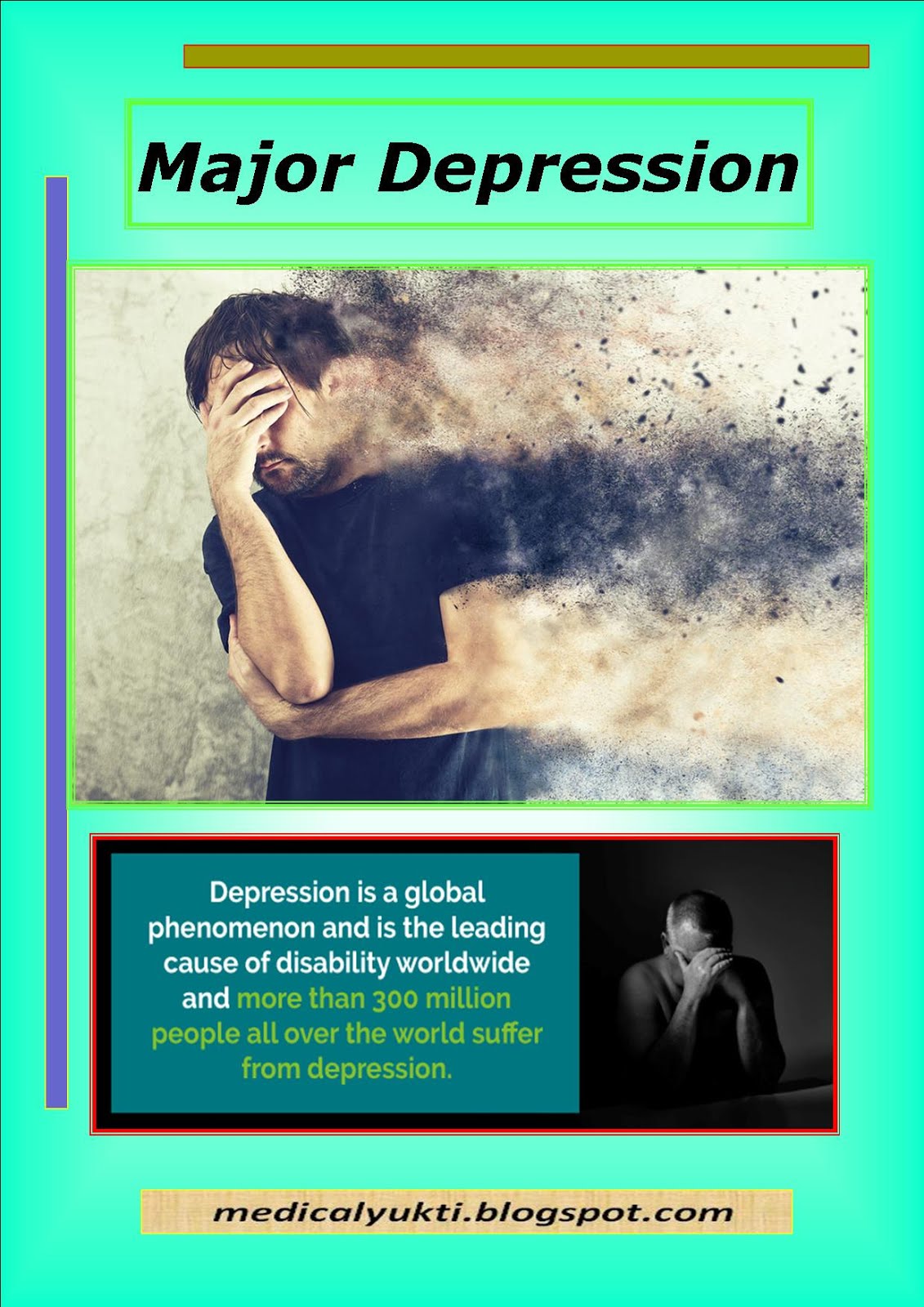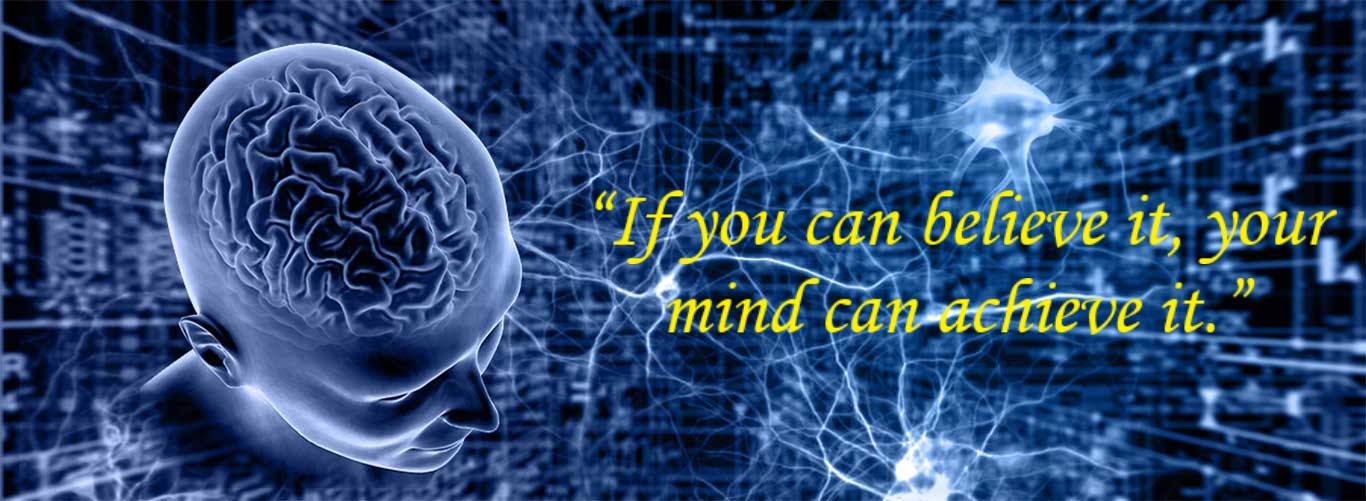Cleft lip and cleft palate, also known as orofacial cleft, is a group of conditions that includes cleft lip (CL), cleft palate (CP), and both together (CLP). A cleft lip contains an opening in the upper lip that may extend into the nose.The opening may be on one side, both sides, or in the middle. A cleft palate is when the roof of the mouth contains an opening into the nose. These disorders can result in feeding problems, speech problems, hearing problems, and frequent ear infections. Less than half the time the condition is associated with other disorders.
Cleft lip and palate are the result of tissues of the face not joining properly during development.As such, they are a type of birth defect. The cause is unknown in most cases.Risk factors include smoking during pregnancy, diabetes, obesity, an older mother, and certain medications (such as some used to treat seizures).Cleft lip and cleft palate can often be diagnosed during pregnancy with an ultrasound exam.
A cleft lip or palate can be successfully treated with surgery. This is often done in the first few months of life for cleft lip and before eighteen months for cleft palate. Speech therapy and dental care may also be needed. With appropriate treatment, outcomes are good.













































